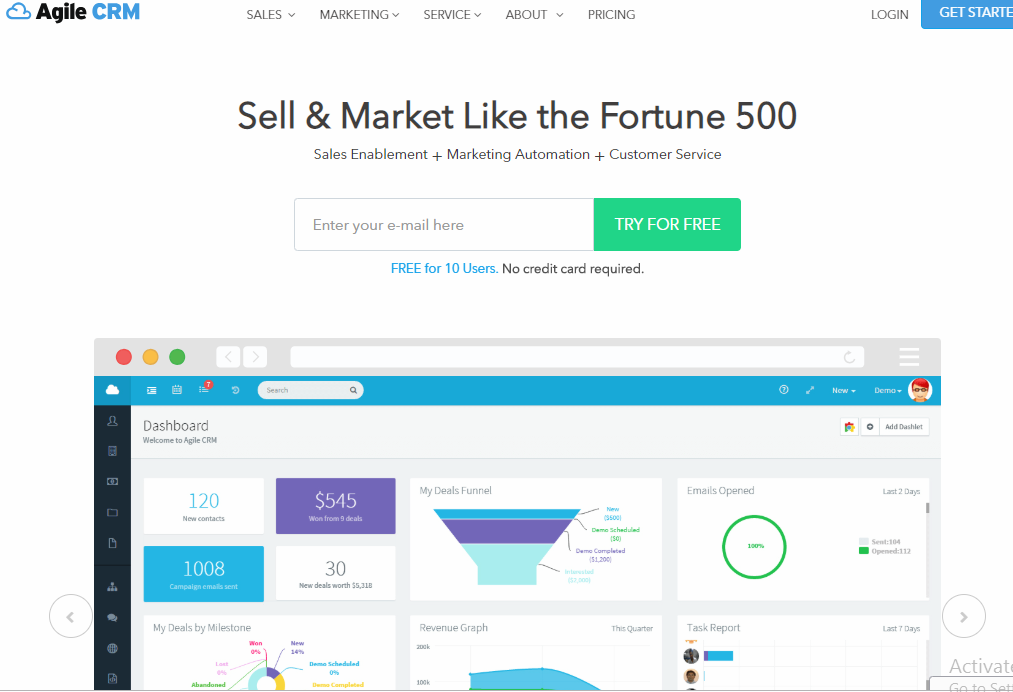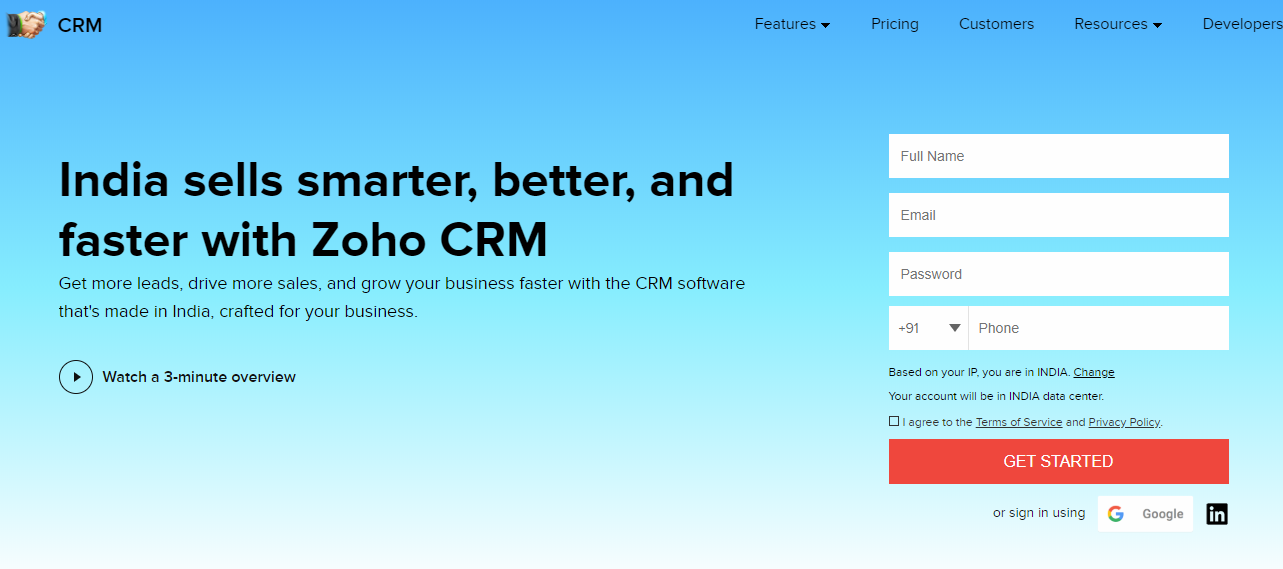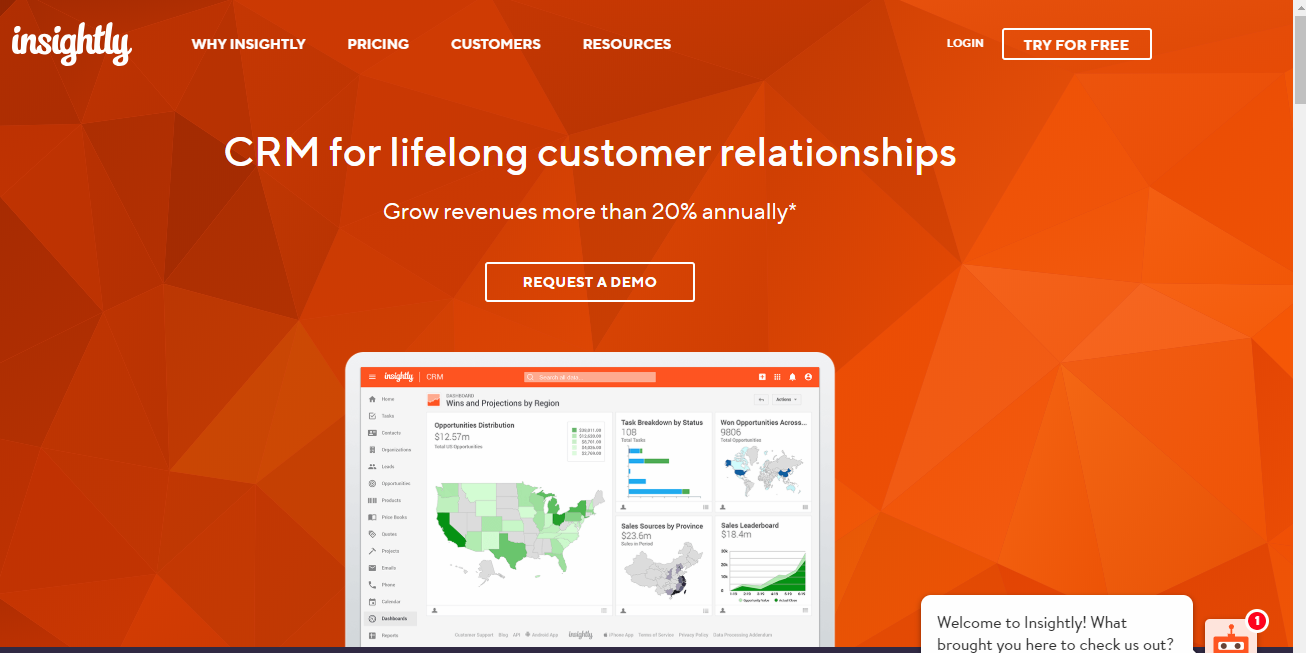Growing your small business in a cost-effective way that increases your brand awareness and attracts more customers is no easy feat.
According to a Statistic Brain study, the failure rate for all companies across the US after 5 years is over 50%.
So how do you make sure you don’t fail? By ensuring your customers are happy, of course. Customer Relationship Management (CRM) systems allow you to collect data about your customer’s interactions with your business.
Read on to learn about the top CRM for small businesses.
Why Use a CRM?
Customer Relationship Management systems are a great way to analyze data from various channels. Channels include your business’s website, social media channels, customer support logs, and feedback reviews.
CRM let you see what your customers like about your business’s products and/or services. CRM also allows you to address any customer concerns and better your products/services.
The success of a business, particularly a small business, relies on its customers. That’s why CRM systems are one of the most essential business tools you need in order to grow your business.
Top CRM for Small Businesses:
Find out everything you need to know about CRMs by learning more about the pros and cons of CRM for small businesses.
We’ve compiled a list of 6 of the best CRM solutions for small businesses, check it out now:
1. Salesforce:
Salesforce offers an affordable package whilst still including all of the essential product’s great features.
Salesforce is easy to use and includes key features such as:
- Lead generation
- Contact and opportunity management
- Sales forecasting
- Workflow automation
Salesforce is ideal for small businesses who want an affordable CRM.
2. HubSpot:
Be sure to add HubSpot to your list of must-have small business tools. The free version of HubSpot offers CRM solutions for small businesses and includes:
- Learning guides
- Invoice template generators
- Email signature generators
- Marketing plan template generators
HubSpot offers a great package for independent contractors and/or small businesses.
3. Agile CRM:
Up next in our top CRM software solution that your business needs are Agile CRM. Agile CRM allows you to:
- Store details about 10,000 companies or contacts
- Receive support for tracking emails
- Set lead scoring and custom deal milestones
- Access builder tools for forms, email templates, and website landing pages
- Monitor social media
Agile CRM is great for small and big-sized businesses that want a whole range of customer relationship management tools.
4. Zoho CRM:
The multi-channel online CRM, Zoho CRM can collect data from your emails, calls, live chats, and social media channels. It is popular amongst small businesses because of it:
- Is easy to use
- Offers real-time analytics and notifications for every customer
- Allows you to assign individual targets for your team
- Features the option to build and automate your sales processes
Zoho Marketplace also ensures that you can increase your business functionality by offering various extensions that can be added to your CRM dashboard.
5. Streak:
If you are looking to implement a CRM system that is easy to use, you need to get a Streak. Streak can be installed and added as an extension on your Gmail. Streak CRM for Gmail features:
- Easy collaboration options (with the ability to easily share contacts and files)
- Webhook API access
- Mail merge
- Ability to manage deals
The streak is ideal for small business owners who are new to the world of CRM and need an easy to use platform to help grow their business.
6. Insightly:
Insightly is great for small businesses because it is an affordable CRM that offers a range of features, such as:
- Storage space of 10gb
- send up to 2,500 mass emails a day
- detailed reports and analysis options
- API access
- and the ability to import 25,000 records per session.
Insightly can be used by big, medium, and small-sized businesses who are looking for a tool that offers a range of features to better understand their customers.
7. Freshsales:
Freshsales is a full-fledged sales CRM software for businesses that range from startups to enterprises. With Freshsales you don’t need multiple tools to drive sales anymore.
The major advantages of choosing Freshsales are below
- Simple UI with powerful features
- Detailed overview of leads & customers
- Configurable dashboards and reports
- Great integrations
- It also offers a free forever plan for unlimited users with basic contact management and a built-in phone system.
The Right CRM Software for You:
When choosing from our list of the top CRM for small businesses list, make sure you know what you want from your CRM.
If you want a more basic, low-cost CRM then opt for one that is free or cheaper. Or if you want one that has all the trimmings and helps you understand and analyze all parts of your business, then opt for one that has more features.
Discover more of the latest technology news now.
Read Also:
- CRMDialer: A Zoho Alternative
- What You Need To Know When Outsourcing SEO
- Custom Standup Pouches For Small Businesses
- 7 Ways Technology Can Help In Customer Management And Sales
- 5 Critical Branding Tips To Attract New Clients To Your Auto Parts Shop
- 3 Encryption Trends And How They Make Communication More Secure
- Why An Automated Sales CRM Platform Is What Your Business Needs To Take Off


























